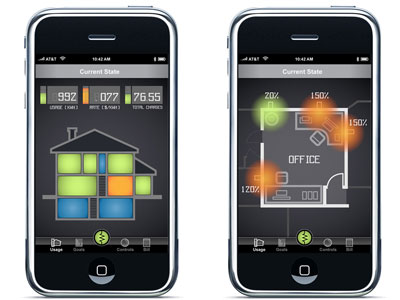Nest Labs, is a super stealth-mode company that is creating a home energy management system – basically a digital thermostat that can be managed remotely in order to save energy. It’s a lot like its competitors Tendril, EcoFactor, and OPower, but with one very important difference: its founders helped invent the iPhone’s distinctive interface.

If anyone can rescue home energy management from energy geeks and utility companies by making it as sexy, appealing and ubiquitous as Steve Jobs’s little dream machine, it’s these guys.
And, as gumshoe Michael Kanellos, editor of GreentechMedia, discovered, it appears that Nest Labs already has some deep-pocketed backers. Kleiner, Perkins could be one of them. It would make sense: Mike Matas, who helped design the iPhone’s interface and whose LinkedIn profile says he’s currently a designer at Nest Labs, is friends with Al Gore, a partner at Kleiner, Perkins. Kanellos’s anonymous source says that Nest Labs already has a “very high” valuation after its initial round of fundraising.
Don’t settle for half the story.
Get paywall-free access to technology news for the here and now.